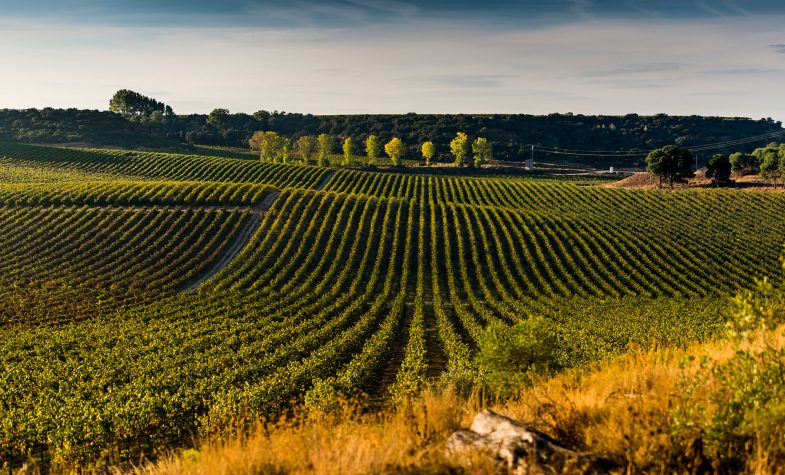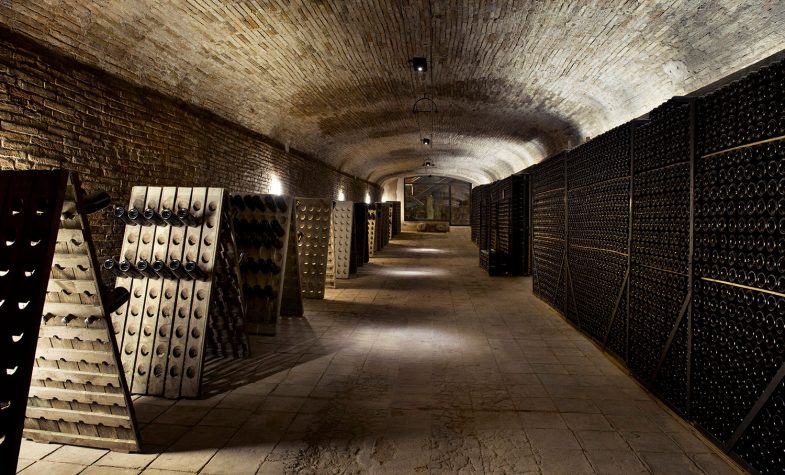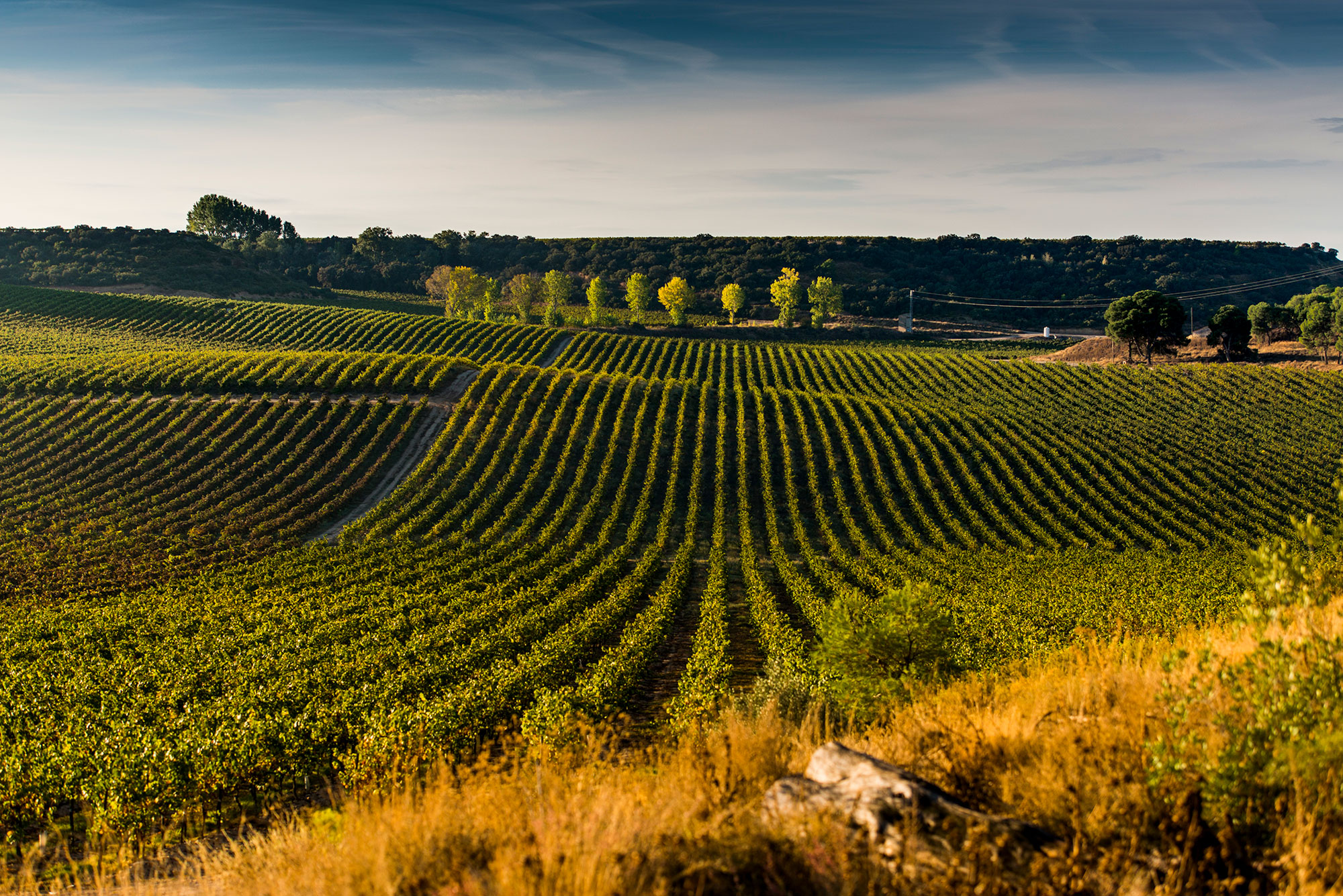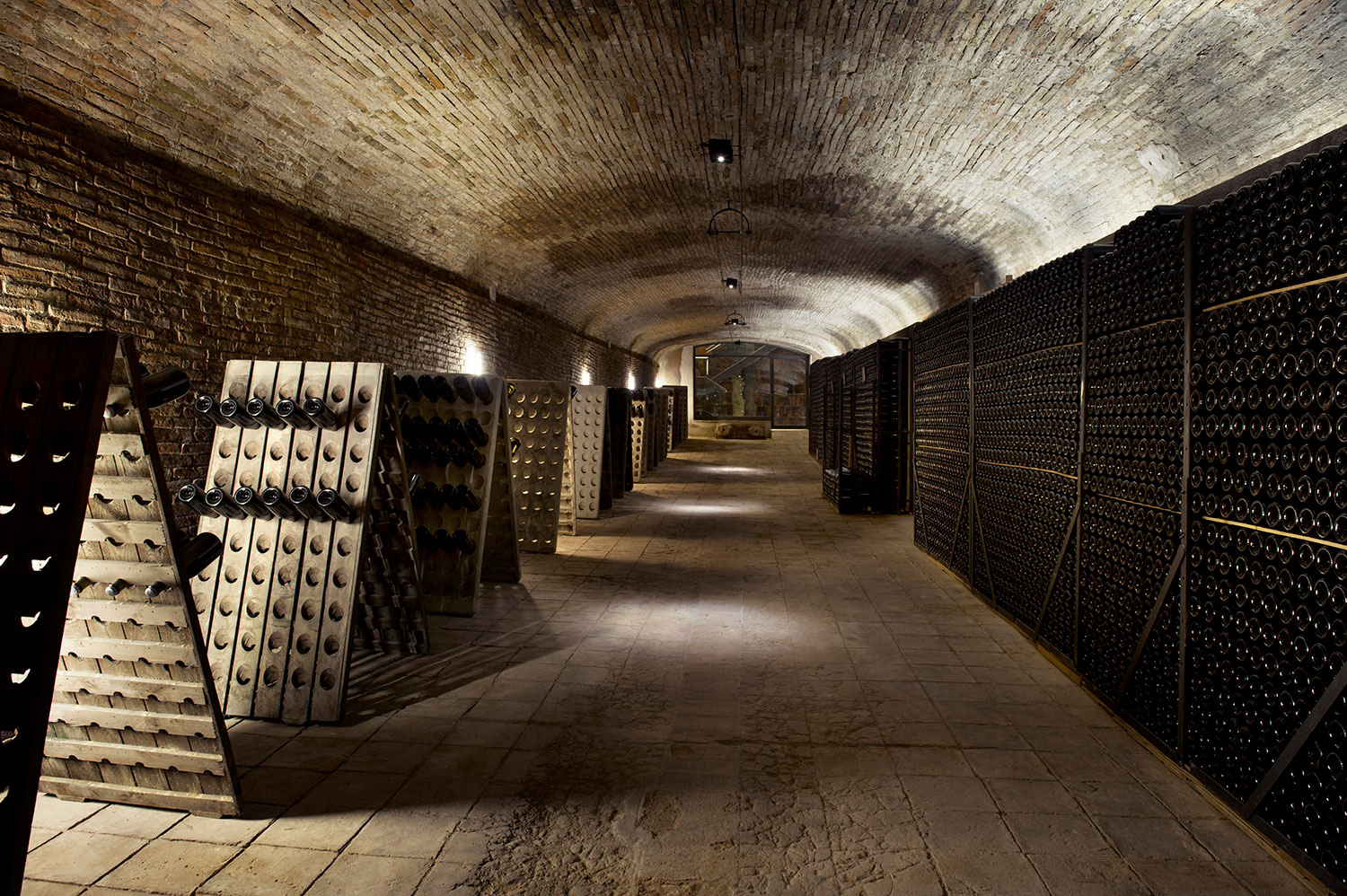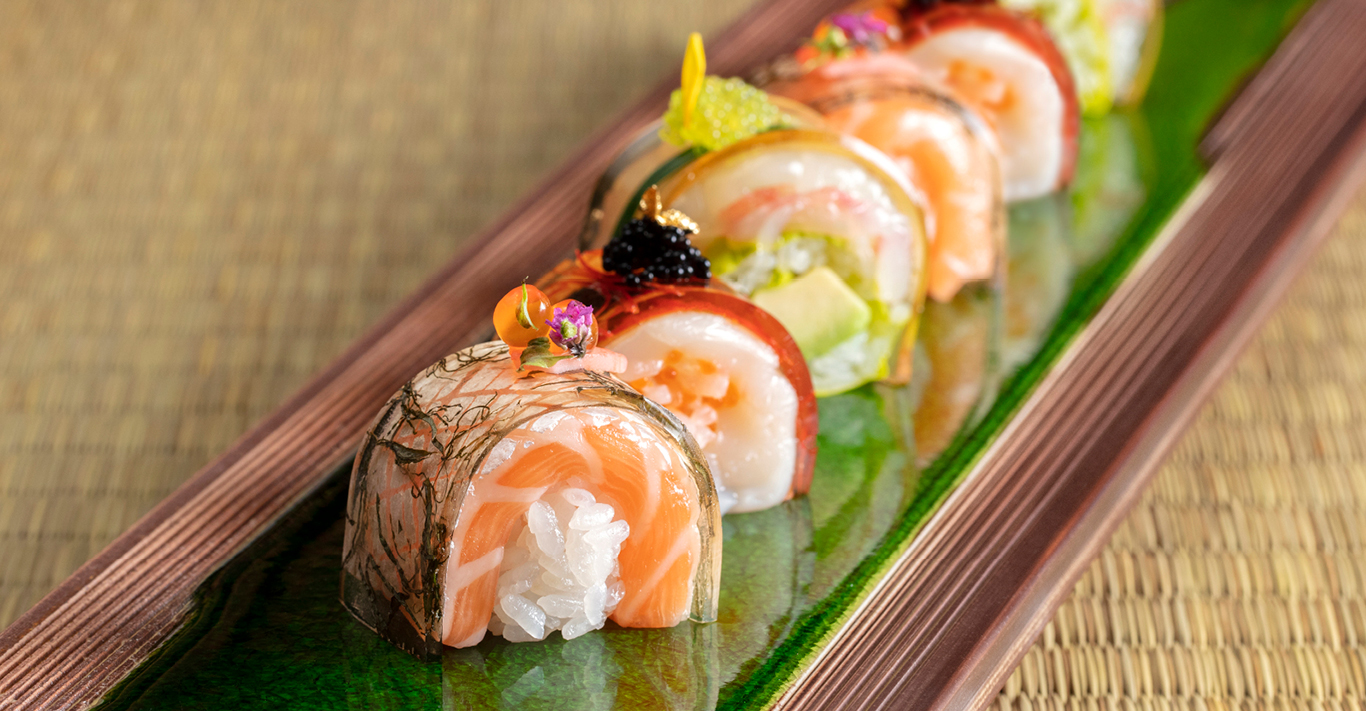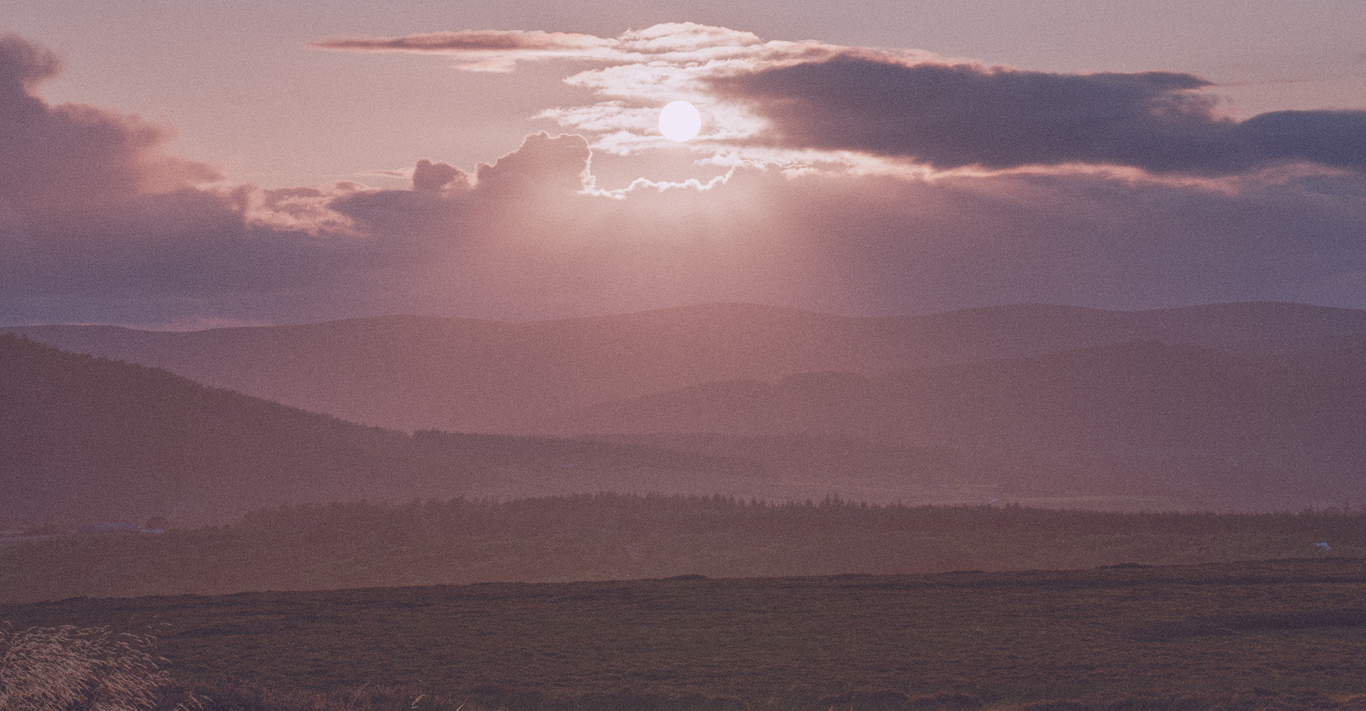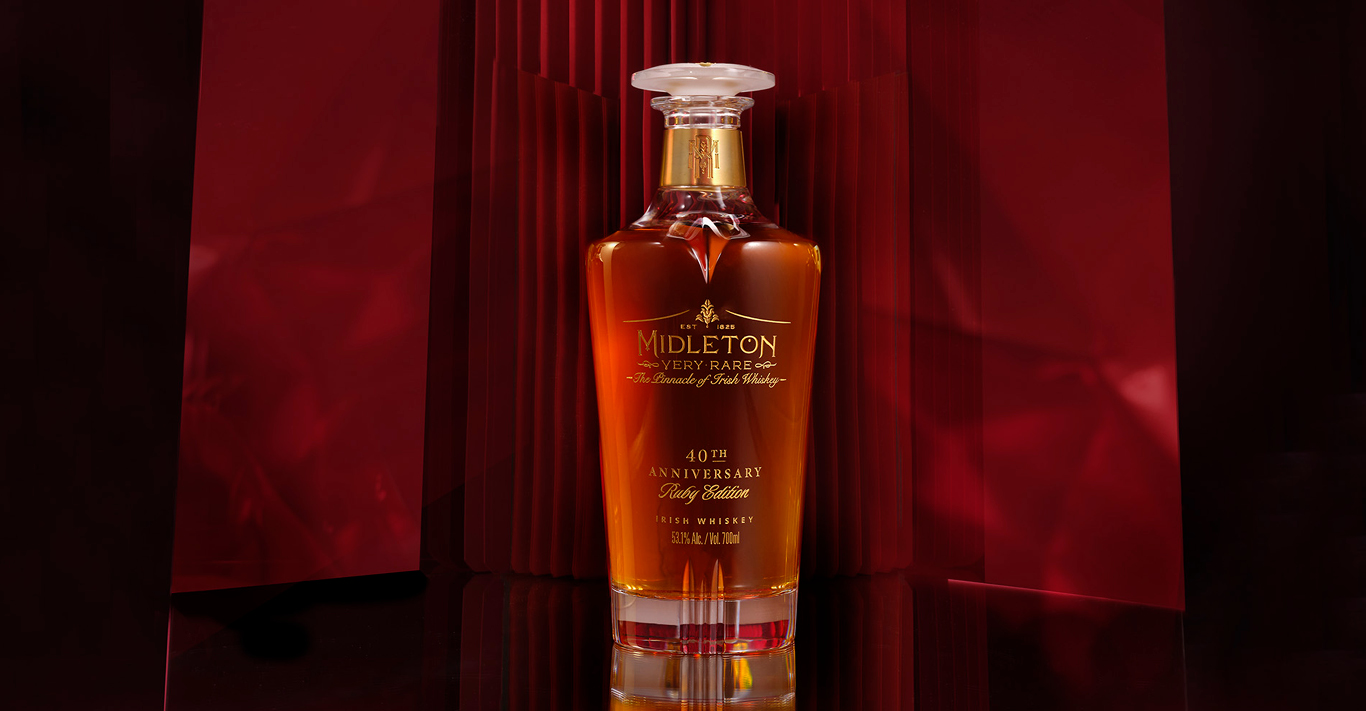WORDS
Jane Fulcher
Cava is experiencing a bit of a renaissance at the moment. The sparkling wine was once considered by many to be a sub-par prosecco alternative despite being crafted in the méthode champenoise (or mètode tradicional as it is in Spain) and coming from a grand tradition of Spanish winemaking. The history of cava, in fact goes, back to 1872 when the méthode champenoise was brought to Sant Sadurní d’Anoia near Barcelona in the middle of a phylloxera outbreak that devastated vines in France.
Driven by UK expectations of lower prices, cava producers were hamstrung by high production costs but low retail values, meaning the varieties available in Britain were often of questionable quality. Now, however, cava is making a comeback. Driven by Spanish wine producers’ dedication to quality and stricter regulations from the cava DO (Denominación de Origen), the region has slowly been raising its profile in the UK and beyond – the wine saw a 6 per cent rise in sales from 2020 to 2021 and a 17.3 per cent rise in sales worldwide in 2021. It is now the second most popular sparkling wine in the USA after champagne. In the UK, cava still has some space to catch up but oenophiles are waking up to the quality and value for money a good bottle of cava can bring. Especially with efforts from leading cava producer Codorníu.
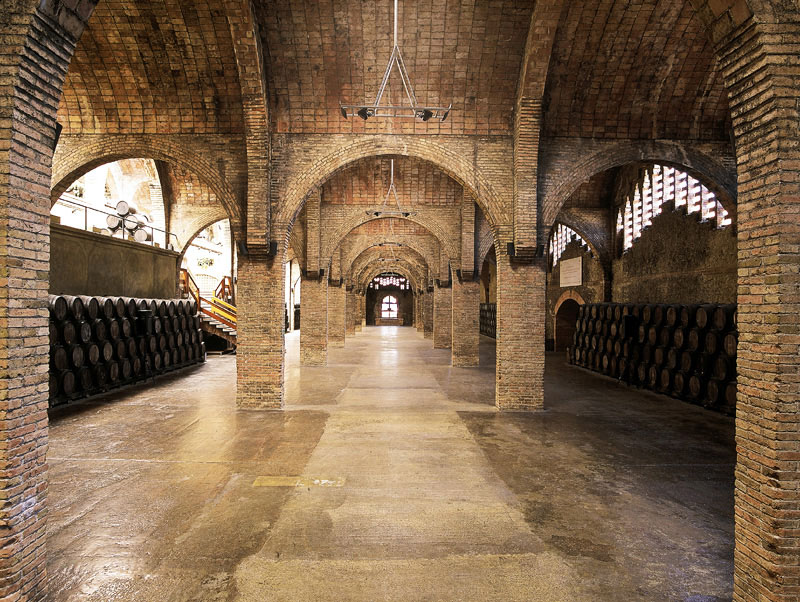
Codorníu was founded by Jaume Codorníu in 1551, making it the oldest wine producer in Spain and the 17th oldest in the world. In 1659, Jaume’s descendant Anna Codorníu, who had inherited the estate, married winemaker Miquel Raventós, bringing together two powerful wine-producing families under the name Codorníu. Anna Codorníu is still celebrated by the brand in one of its most popular cava expressions, the Anna de Codorníu group that offers superlative flavour and quality for incredible value at around £11 a bottle.
Codorníu’s extensive caves date back to 1895 and were designed by modernist architect Josep Puig i Cadafalch, perhaps the most prominent Spanish architect of the time after Gaudi. The caves stretch over five floors and 50m underground, keeping the ageing cava at a consistent temperature. The caves are so extensive that the long hallways have street names and there’s a little train to ferry visitors around.
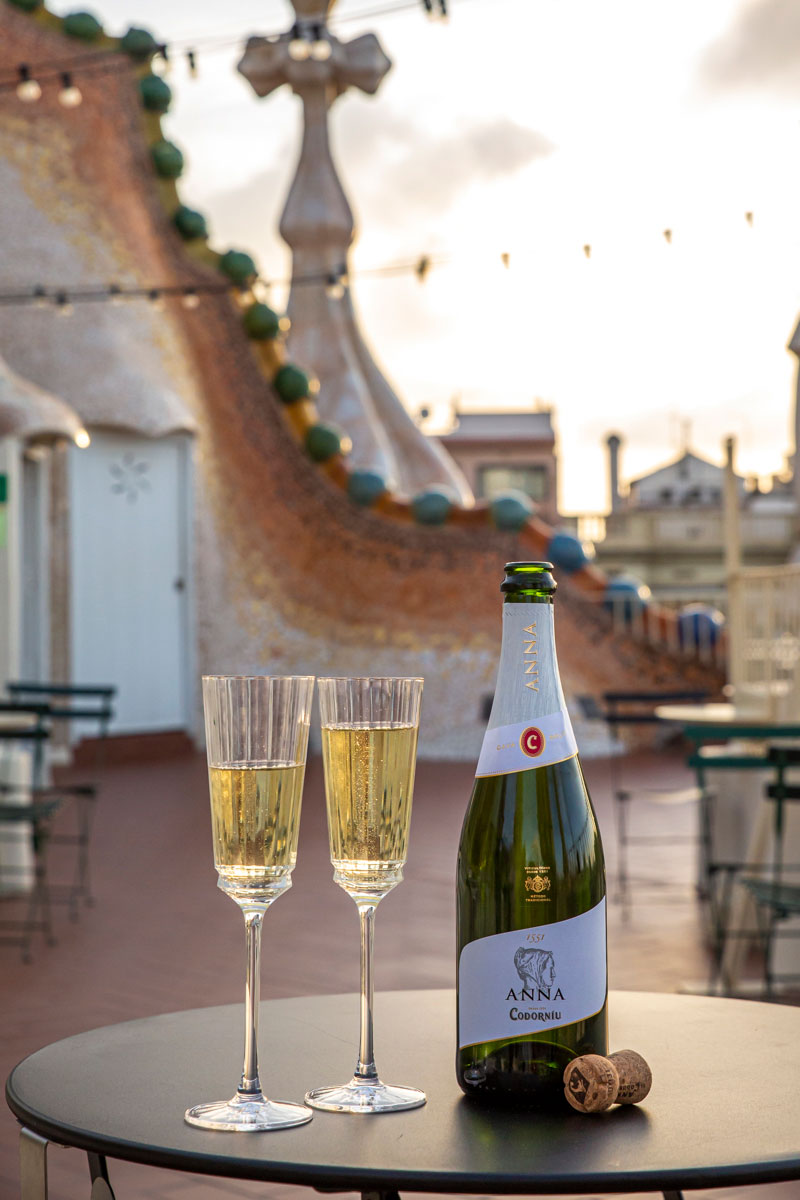
Codorníu’s home in the centre of cava, Sant Sadurní d’Anoia, is easily accessible from Barcelona and definitely worth adding to a trip to the city – and not only for the cava train. The winemaker’s home is set on lush grounds with a gorgeous new restaurant, Els Jardins de Codorníu, the perfect place to stop and enjoy a glass of Codorníu alongside a menu designed by lauded chef Félix Aranda. It is also home to the “Cathedral of Cava” or Sala Puig as it is officially named, a striking building also built by Puig i Cadafalch that pays tribute to the wine and the people who help create it.
While many cava producers buy in their base wines, from its home in Sant Sadurní, Codorníu controls every aspect of the process – from grape to bottle, overseen by the technical director Bruno Colomer. Colomer was named best sparkling winemaker in the Bacchus Awards 2021 and his work over his 14 years at Codorníu in raising both the company and cava’s profile internationally must have contributed to this accolade.
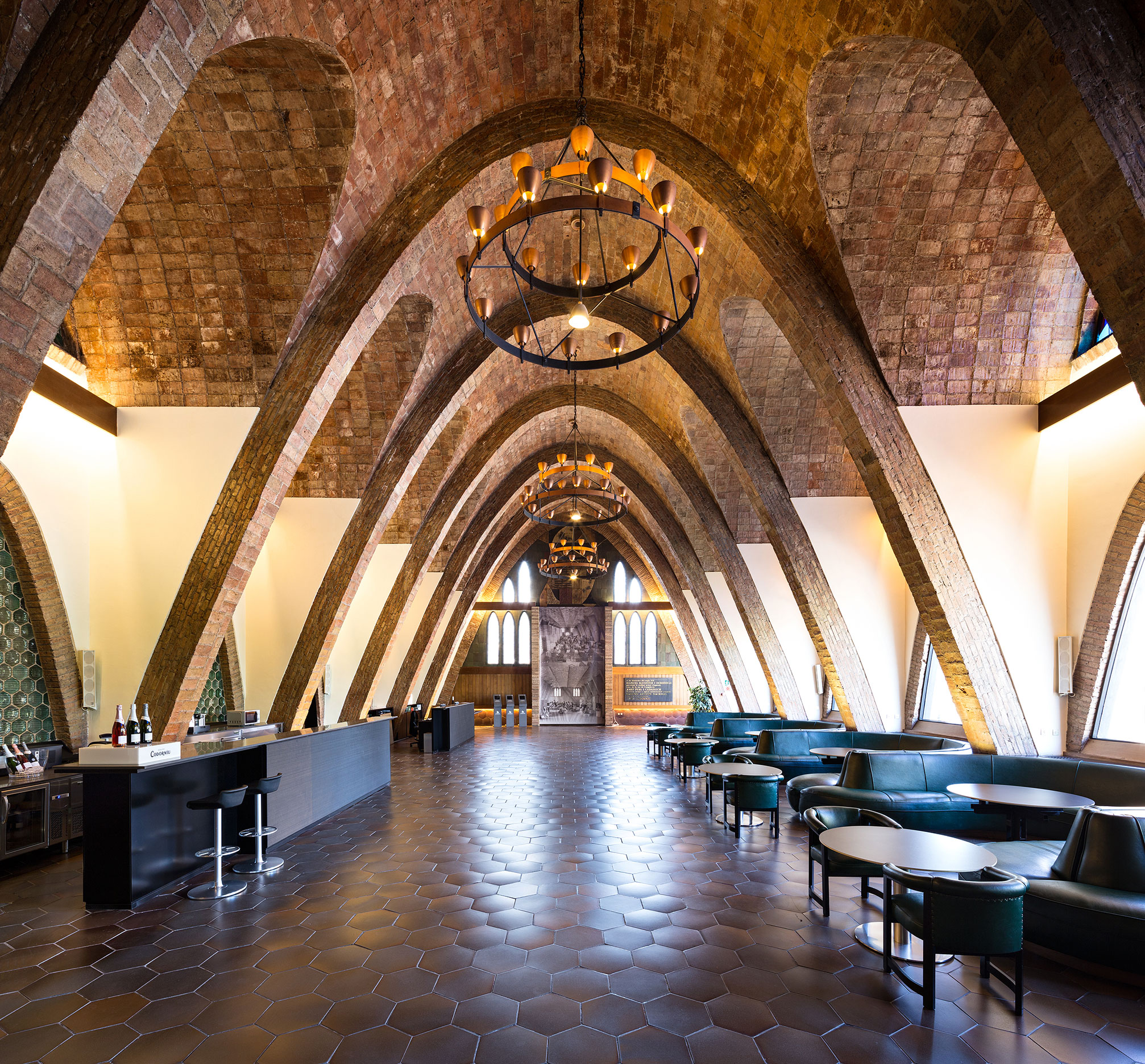
Codorníu produces the most expensive bottle of cava in the world: the 459 Gran Reserva 2010 Brut – a flavoursome and sophisticated wine that is limited to 2,000 bottles and retails for £200 a bottle – an absolute steal for a wine of this quality. The 459 Gran Reserva is part of Codorníu’s Ars Collecta group of wines, a name that means the art of the harvest, a tribute to the 500 years of expertise that have gone into creating such exceptional quality wine. The Ars Collecta blanc de noirs (pinot noir, xarel·lo and trepat grape varieties), blanc de blancs (chardonnay, parellada and xarel·lo) and Grand Rosé (pinot noir, xarel·lo and trepat) are all incredible value at around £18 a bottle for the quality of the wine – fresh, elegant and full. The Ars Collecta Jaume Codorníu Cava Gran Reserva Brut is made from chardonnay, pinot noir and xarel·lo and is a fitting tribute to the winery’s founder in rich and complex flavour.
Codorníu also produces a selection of exquisite single-vineyard wines that hold the rare Paraje Calificado qualification, reserved for exceptional cavas from a single area of remarkable terroir. Of 15 cavas that hold this title in Spain, three are from Codorníu: the El Tros Nou made from pinot noir grapes, La Pleta made from chardonnay, and La Fideuera, made with xarel·lo. Codorníu in fact was instrumental in successfully lobbying for chardonnay and pinot noir grapes to be allowed in DO Cava alongside the traditional Mediterranean grapes to give the wines more variety and to allow for better ageing. It’s part of the story of Codorníu that shows how innovative and forward-thinking the brand is. It takes sustainability incredibly seriously, too, and is a pioneer in producing no-alcohol wines. It’s the continuation of a long tradition of creativity and excellence that should hopefully continue to lift the profile of cava going forward, even though at this value for quality, it’s a secret many might want to keep to themselves.

